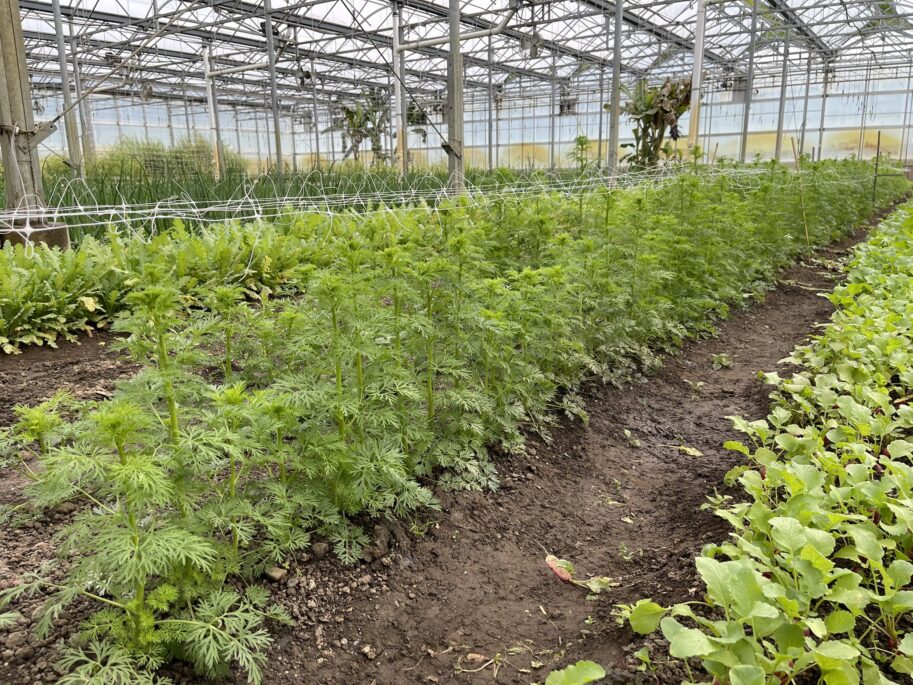When India halted the export of non-basmati white rice in late July to control rising domestic prices and ensure local availability, the world’s largest rice exporter provided a clear explanation.
The ban, aimed at stabilizing domestic markets, caused concern globally, especially in Asia and sub-Saharan Africa, where many countries rely heavily on Indian rice.
India justified its decision by citing “high international prices due to geopolitical scenarios, El Niño sentiments, and extreme climatic conditions in other rice-producing countries.”
This export ban affects one-fourth of India’s rice exports.
Following Russia’s withdrawal from the Black Sea grain deal amid its ongoing conflict with Ukraine, India’s export restrictions could exacerbate a global food crisis.
This situation raises deeper concerns about the increasing frequency of unusual weather patterns, geopolitical tensions, and low yields due to climate-related factors, which collectively drive up prices and heighten the risk of hunger.
In 2022, a severe heatwave significantly reduced India’s wheat production, prompting a ban on exports that remains in place. This is the second consecutive year India has restricted rice exports.
Meanwhile, Argentina, a leading soy exporter, faces its worst drought in 60 years, sharply reducing yields.
Indonesia briefly banned palm oil exports last year, causing a global scramble for edible oils, particularly with Ukraine’s sunflower oil supplies disrupted by war.
Brazil and Canada have also experienced droughts impacting soy and canola oil production, respectively.
So, is a perpetual food crisis the new normal? What can be done?
The convergence of extreme weather, export restrictions, and geopolitical conflicts could perpetually threaten global food security.
However, experts suggest solutions such as allowing free trade and using climate-resilient crop varieties to mitigate future crises.
Growing Export Curbs
Rice, a staple for over half the world’s population, sees annual consumption exceeding 500 million metric tonnes.
India, responsible for 40% of global rice exports, significantly influences the market.
The specific rice variety affected by India’s ban, which formed about 10% of the global market, primarily serves regions like Malaysia, Saudi Arabia, the UAE, Nepal, and Bangladesh, with African buyers recently emerging as significant customers.
India also imposed a 20% export tax on parboiled rice, effectively restricting all non-basmati rice exports, which constitute 80% of its total rice exports.
These restrictions destabilize markets, raising global prices and particularly impacting poor countries that increase purchases in anticipation of shortages.
Last year, India attempted to discourage international purchases of non-basmati white rice through a tariff, but exports still grew by 25%.
Now, with the export ban, global rice prices have soared to their highest levels since September 2011. For example, the price of Thai white rice, a benchmark, rose by about 14% following India’s announcement.
India is not alone in imposing export restrictions. As of July 2023, 20 countries have restricted major food commodity exports, including Afghanistan (wheat), Bangladesh (rice), and Cameroon (vegetable oil and cereals).
These trade-restricting policies have surged since Russia’s full-scale invasion of Ukraine in February 2022.
Increasing Hunger
Food staple prices like wheat, maize, rice, and oil seeds have risen since the COVID-19 pandemic disrupted global supply chains, ending years of relatively stable costs.
Russia’s invasion of Ukraine further exacerbated the situation, with global food prices peaking in March 2022.
Before the war, Russia and Ukraine were major exporters of wheat, barley, maize, and sunflower oil, supplying significant portions to regions like North Africa and the Middle East.
Russia’s military blockade of the Black Sea port halted Ukrainian exports between March and July 2022.
Although the UN and Turkey brokered a deal to resume exports, Russia’s decision not to renew the initiative in July 2023 threatens Ukraine’s planned grain exports.
The FAO’s 2023 report highlights that 9.2% of the global population faced hunger in 2022, up from 7.9% in 2019.
Amplifying this food crisis are climate change phenomena like wildfires in Canada and Europe, drought in South America and East Africa, and floods in China and California.
Too Hot, Too Dry, Too Wet
Extreme weather is increasingly disrupting global food production. In 2022, floods in Pakistan devastated farmland, pushing the country into a food crisis.
Meanwhile, unprecedented droughts hit Argentina and Spain in 2023.
Australia is bracing for a 34% decline in wheat yield due to expected El Niño conditions, and heat is affecting US corn yield and wheat production in Europe and Canada.
Countries like Kenya, Somalia, Uganda, Tanzania, Haiti, Chile, and Bolivia also face lower crop yields due to unfavorable weather.
While production declines in one area can sometimes be offset by bumper yields elsewhere, this balance is under stress due to export controls and geopolitical tensions.
In the long run, rising temperatures will likely reduce yields of key crops like rice, wheat, maize, and soybean.
What’s Needed
Addressing export controls and declining yields requires a global strategy. Analysts suggest maintaining consistent global food stocks and reassuring poor countries that supplies will not be arbitrarily cut off.
Additionally, improving crop production systems with resilient seeds and investing in agricultural research and technology are crucial.
Traditional climate-smart crops, like millets, are making a comeback due to their resilience to extreme temperatures.
The UN designated 2023 as the International Year of Millets to promote their nutritional and climate-friendly benefits.
Scientists are also developing drought-tolerant varieties of rice, wheat, maize, and other crops, offering a potential long-term solution. However, it is a race against time and growing hunger.




